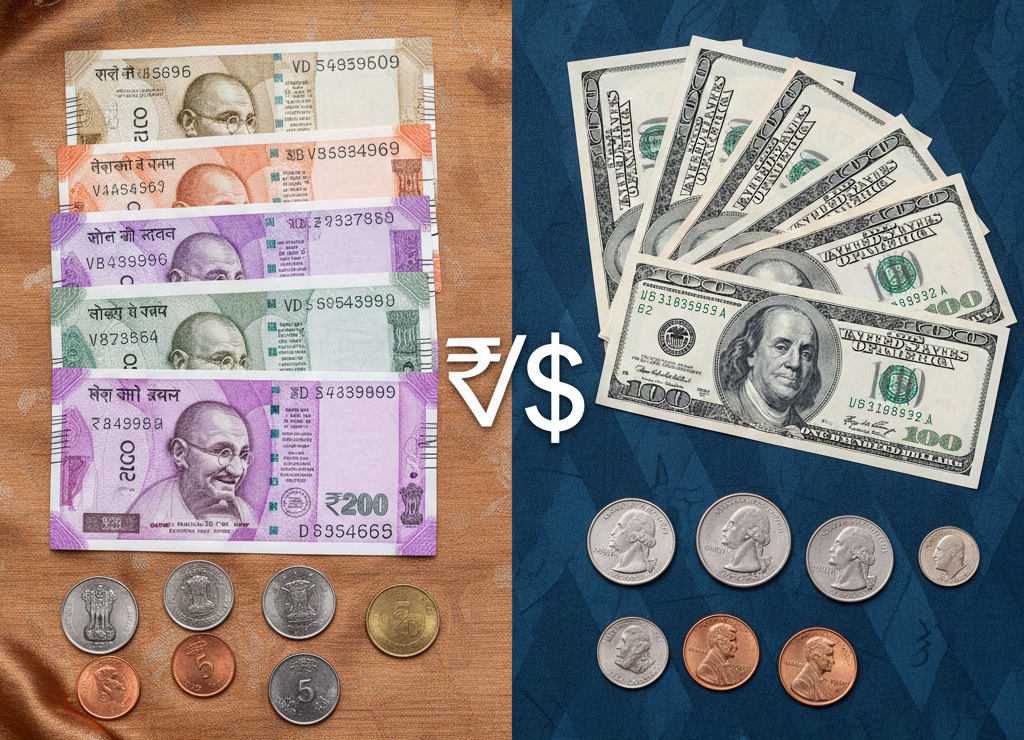The Centre is likely to introduce the Direct Tax Code 2025, a simplified version of income tax laws, during the Union Budget on February 1 next year. Once in effect, it will replace the Income Tax Act of 1961. Experts believe the Direct Tax Code (DTC) will overhaul existing income tax laws, streamlining legal processes and reducing litigation for individuals, businesses, and the government.
The Direct Tax Code (DTC) aims to simplify and replace the Income Tax Act of 1961 in order to unravel the Indian Tax Structure. Over time, numerous amendments have made the Income Tax Act increasingly complex, complicating compliance for taxpayers. The DTC seeks to modernize the system, streamline exemptions, and enhance compliance, making it more user-friendly for individuals and businesses.
What is a Direct Tax Code?
The Direct Tax Code aims to simplify, streamline, and standardize India’s intricate Income Tax laws. With the slow growth in the number of taxpayers, the Indian government identified the need for a more straightforward version of tax laws and provisions. Its main objective is to make tax compliance more accessible for both individuals and businesses.
Old Tax Framework of India
Niyati Shah, Vertical Head – Personal Tax at 1 Finance, stresses the urgent need for tax reform. She explains that the Income Tax Act of 1961 has become complicated and less efficient due to numerous amendments, making it difficult for both taxpayers and administrators. She noted that the DTC 2025 aims to make the tax system simpler, reduce compliance challenges, and align tax laws with other regulations.
Key Benefits of the Direct Tax Code (DTC) for Individual Taxpayers
- Simplified Tax Rates and Filing Processes
- The DTC proposes a unified and rationalized tax structure.
- It aims to simplify tax rates and make filing processes more efficient for individuals.
- Clarity in Residential Status
- The classification will now include only two categories: Resident and Non-resident.
- This eliminates the confusion caused by multiple categories like Resident but Not Ordinarily Resident (R-NOR) and Resident but Ordinarily Resident (R-OR).
- Rationalized Tax Regime for Middle-Income Earners
- Individuals earning between ₹5 lakh and ₹15 lakh annually are expected to benefit the most from the new structure.
- However, the transition to a single tax regime means the option to choose between the old and new systems will eventually be removed, reducing flexibility.
- Phasing Out Deductions and Exemptions
- The government plans to reduce or eliminate deductions and exemptions.
- To balance this, lower tax rates and simplified compliance procedures will be introduced, aiming to make the shift smoother for taxpayers.
What are middle–class taxpayer Concerns?
Akhil Chandna, Partner at Grant Thornton Bharat, emphasized the importance of addressing middle-class taxpayers’ concerns, as they form a significant part of India’s taxpayer base. He highlighted several key areas for reform:
- Modernizing Outdated Salary Provisions
- Chandna pointed out that certain salary-related tax provisions have remained unchanged for decades.
- For instance, the children’s education allowance is still capped at ₹100 per month, and limits on allowances for hostel expenses, meal cards, and car benefits need urgent revision.
- Simplifying TDS/TCS Compliance
- The current Tax Deducted at Source (TDS) and Tax Collected at Source (TCS) rules are cumbersome, especially for middle-income earners.
- These complexities often require professional assistance, adding to taxpayers’ burden. Simplifying these provisions could minimize errors and encourage better compliance.
- Updating Deductions
- Many deductions, such as those for purchasing electric vehicles (EVs) and affordable housing, are nearing their sunset clauses.
- Chandna suggested revisiting these deductions to ensure they remain relevant and allow taxpayers to make more accurate claims.
Why do we need a new Income Tax Act?
1. Ensuring Relevance
- The Income Tax Act, of 1961, was established during the early years of independent India. While it has been amended over time to address changing economic conditions, its complexity remains. With a complicated structure, including provisions like Explanation 1 to Section 2(42A) and Section 47, the Act continues to present challenges for both taxpayers and tax administrators.
2. Impact of the Direct Tax Code, 2009
- The Direct Tax Code (DTC) sought to modernize India’s direct tax system, integrating international best practices. Many key provisions from the DTC, such as the Place of Effective Management (POEM) and general anti-avoidance rules, have now been included in the Income Tax Act.
3. Fewer Personal Income Tax Slabs
- Reducing the number of personal income tax slabs is considered beneficial. The government’s focus on a new tax regime presents an opportunity to either raise the exemption limit or optimize tax slab rates. A similar approach was taken in the Direct Taxes Code Bill of 2010, which significantly increased the slabs for incomes up to ₹25 lakh.
4. Streamlining Taxation of Savings
- The decision between the EET (Exempt, Exempt, Taxed) and EEE (Exempt, Exempt, Exempt) tax regimes is a complex policy choice that depends on the country’s economic development. The government continuously evaluates which tax approach aligns best with its economic goals.
5. Global Tax Avoidance Rules
- Global tax reforms, especially those focused on the digital economy and minimum tax rates, are gaining traction. While these reforms aim to reduce tax avoidance, concerns exist regarding their potential effects on developing nations. India, as a leading voice in the Global South, is expected to advocate for a more equitable approach.
6. Pending Reforms in Corporate Tax
- The government’s corporate tax reform agenda focuses on simplifying the tax system and reducing corporate tax rates. Group tax consolidation is one area being explored to improve efficiency. Additionally, recent changes to the capital gains tax regime have clarified the classification of assets and their applicable tax rates.
Final Thoughts
The Direct Tax Code 2025 promises to create a more equitable and efficient tax system, with a particular focus on benefiting individuals earning up to ₹15 lakh. Through lower tax rates, increased deductions, and simplified filing procedures, the new code supports the government’s goal of empowering the middle class. As the changes are implemented, taxpayers can expect significant financial relief and greater economic stability.
Sources : msn.com








